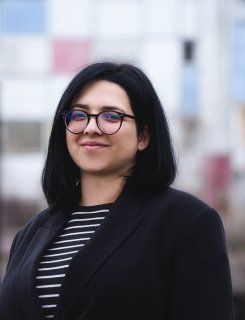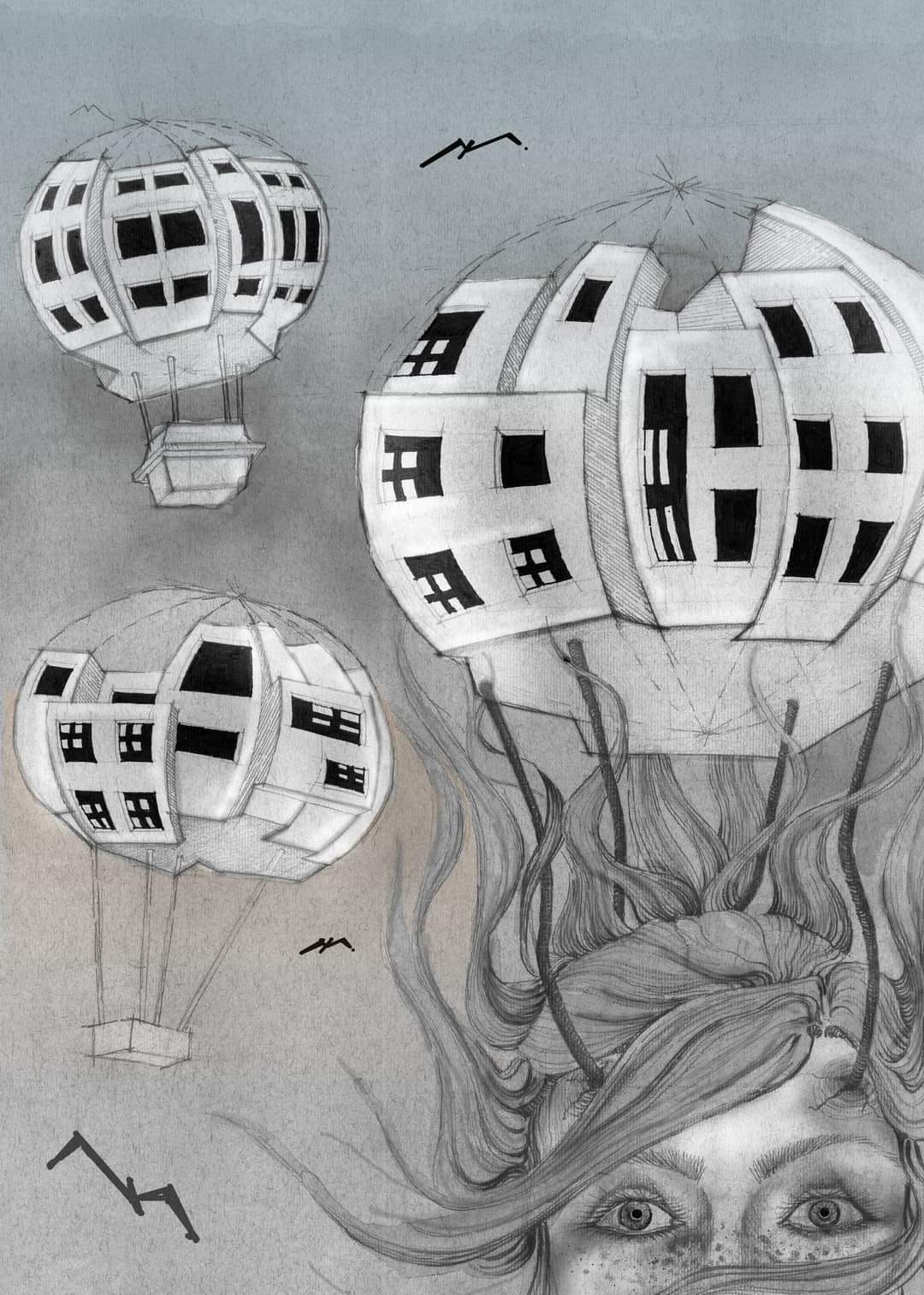Reflections on the process of creativity.
A particular issue we have always been interested in, in a design process, is where does the architect/artist or any person engaged in a creative field, get the inspiration from or the source of its creative work. Do we continually have to invent the wheel, or we can rely on some already existing settings? According to
Viollet le Duc in ‘Entreties sur l’Architecture” 1863
‘In architecture, there is no invention ‘ex-nihilo’ (out of nothing). We must necessarily have recourse to the past to originate to the present’.
We do believe that imagination is the main source in the act of creation, but as Viollet le Duc states there are two kinds of imagination, ‘passive imagination’ commonly known as memory and 'active imagination'. The passive imagination is the basic setting to creative work, but using just it alone is not enough. Active imagination is the application of reasoning , of comparing, choosing to the passive imagination which in itself is a very confused mass. Memory is also related to remembrance, to nostalgia, to melancholy to the past and who is not able to remember is hardly able to imagine, because memory is the soil of imagination and is directly related to self-identity .
’We are what we remember’, Juhani Pallasma.
On the other hand, every creative process is an act where you always put something of yourself and memories are a fundamental part of us. We couldn’t have chosen any other reference related to this issue, other than the imaginative book of I.Calvino, ‘Invisible cities’. Marco Polo (famous merchant), the main character talks to the emperor Kuhblai-Khan describing him all sorts of abstract, magic, amusing cities he had supposedly experienced and seen, but in reality, he had been referring all the time, to his native city, continuously in his mind and heart, Venice. All his recollected memories of Venice, help him to construct, design different worlds and realities, with some of which we also can relate to. He makes use of his imagination and acts as 'the architect’.
The design of the architectural works, as buildings, spaces and landscapes is made possible through this access into our memories, but at the same time, they contain projected memories. All the memories of our childhood are related to the houses we have lived in and spaces we have inhabited. We remember fragments of spaces, conditions of lights, smells, feelings of intimacy and enclosure, because even though our eyes forget our skin, skeletons, muscles and every part of our body remembers. its an ‘embodied’ memory.
‘I was a child of that house, filled with the memory of its smells, filled with the coolness of its hallways, filled with the voices that had given it life. There was even the song of the frogs in the pools; They came to be with me here.'
Antoine de Saint-Exupery
Every great building we see today is not simply an individual work, it’s a physical proof of a sort of unconscious collaboration, of the creative work of its architect with its predecessors, because we are continuously learning from past architectural experiences.
Notes:
This article was also published in the Portuguese magazine of The University of Coimbra, NU #46, 2020
Bibliography:
Pallasma, J. (2005). The eyes of the skin, Architecture and the Senses. Wiley- Academy, John Wiley & Sons ltd
Calvino, I. (1972). Invisible cities (Le citta invisibili). Giulio Einaudi
Viollet-le-Duc, E (1863). ‘Entretiens sur l’Architecture. A.Morel et C Editeurs



